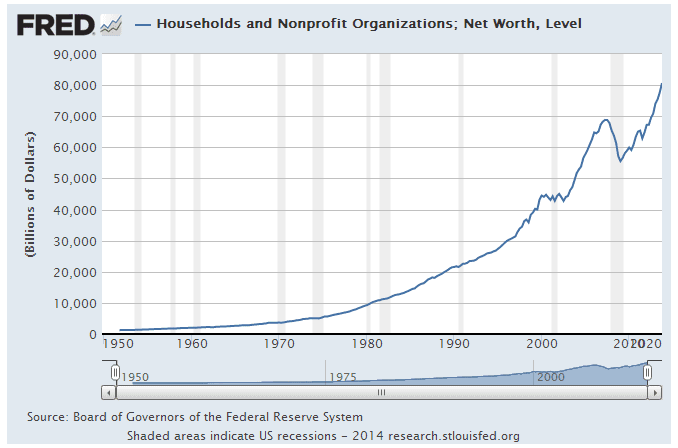April 7, 2014
Of the approximately 350 metro markets nationwide, 59 returned to or exceeded their last normal levels of economic and housing activity, according to the National Association of Home Builders/First American Leading Markets Index (LMI), released today. This represents a net gain of 11 metros year over year.
The index’s nationwide score ticked up to .88 from a March reading of .87. This means that based on current permit, price and employment data, the nationwide average is running at 88 percent of normal economic and housing activity. Meanwhile, 28 percent of metro areas saw their score rise this month and 83 percent have shown an improvement over the past year.
“I think the big news here is that regions outside of the energy states continue to gain ground,” said NAHB Chief Economist David Crowe. “It’s a promising sign to see areas like Los Angeles and San Jose joining the top ten largest MSAs showing a recovery. We still expect 2014 to be a strong year for housing and to aid in the overall economic recovery. The job market continues to mend and with that we will see a steady release of pent up demand of buyers.”
Baton Rouge, Louisiana continues to top the list of major metros on the LMI, with a score of 1.42 – or 42 percent better than its last normal market level. Other major metros at the top of the list include Honolulu, Oklahoma City, Austin and Houston, Texas, as well as San Jose, California and Harrisburg, Pennsylvania – all of whose LMI scores indicate that their market activity now exceeds previous norms.
“Things are getting slowly better overall,” said NAHB Chairman Kevin Kelly, a home builder and developer from Wilmington, Delaware. “And with the housing market now entering the spring buying season, the fact that the nation’s economy is headed in the right direction is a very promising sign.”
“Stronger employment numbers seemed to be the driving force this month – an important factor to the recovery of our economy,” said Kurt Pfotenhauer, vice chairman of First American Title Insurance Company, which co-sponsors the LMI report.
Smaller metros showing recovery continue to be dominated by the middle of the country experiencing an energy boom. Odessa and Midland, Texas, boast LMI scores of 2.0 or better, with their markets now at double their strength prior to the recession. Also at the top of the list of smaller metros are Bismarck, North Dakota; Casper, Wyoming; and Grand Forks, North Dakota, respectively.
The LMI shifts the focus from identifying markets that have recently begun to recover, which was the aim of a previous gauge known as the Improving Markets Index, to identifying those areas that are now approaching and exceeding their previous normal levels of economic and housing activity. More than 350 metro areas are scored by taking their average permit, price and employment levels for the past 12 months and dividing each by their annual average over the last period of normal growth. For single-family permits and home prices, 2000-2003 is used as the last normal period, and for employment, 2007 is the base comparison. The three components are then averaged to provide an overall score for each market; a national score is calculated based on national measures of the three metrics. An index value above one indicates that a market has advanced beyond its previous normal level of economic activity.
Source: National Association of Home Builders
